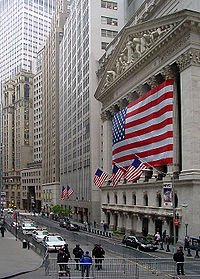Three-screen trading system
Similar in name rather to a medical diagnostic test, the three-screen trading system was developed by Dr.Alexander Elder back in 1985 year. The medical associations here are by no means accidental.: before, how to immerse yourself in the world of finance, Dr. Elder worked for many years as a psychiatrist in New York. Since then, he has written numerous articles and books., including the bestseller “Trading For A Living” (1993). He has also spoken at several world conferences. A lot of traders get used to turning to a single screen or indicator to create each trade.. Basically, there is nothing wrong with using a single indicator to make a decision. Actually, discipline, which is required to keep attention on one scale, being related to the discipline of the individual, maybe, is one of the main components of achieving success as a trader.
